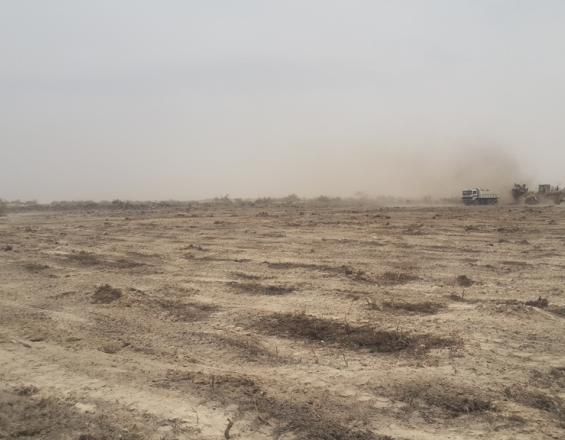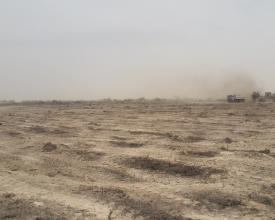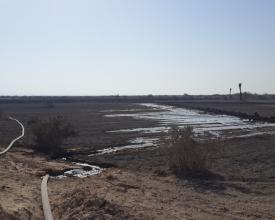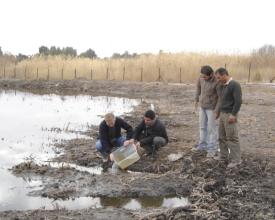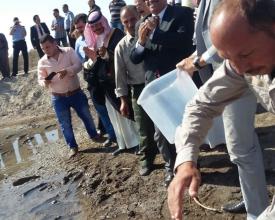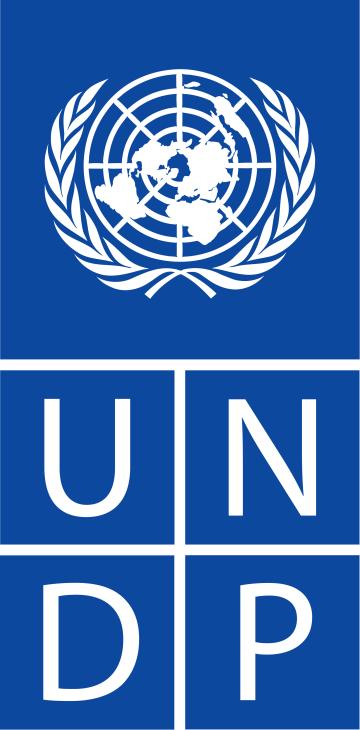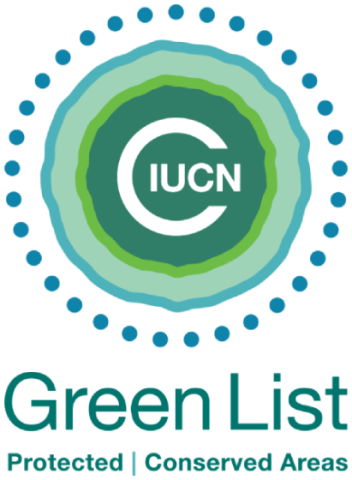
Azraq wetlands have been heavily over-exploited as a result of escalating water needs for agriculture, industrial development, tourism, and urban growth. Ever-increasing demands for water, particularly in the rapidly growing city of Amman, have precipitated large-scale pumping from the Azraq Basin. In fact, pumping for urban needs increased from about two million cubic meters (m3) in 1979 to about 25 million m3 in 1993. Furthermore, a huge expansion in agriculture in the region has drained an additional 25 million m3 per year from the basin.
The primary object of the project is to halt further degradation of the aquatic ecosystems in the oasis and to restore as much of the wetlands as possible to a natural or near-natural condition with a view to maintaining the biological diversity of this unique wetland ecosystem. Another important aim of the project is to establish a sustainable basis for the utilization of the water resources of the Azraq Basin.
Contexto
Défis à relever
Ubicación
Impacts
Notable project achievements include the following:
1. An adequate amount of water was secured to revive and rehabilitate 10% of the Azraq wetland ecosystem and its biodiversity.
2. The water quality of the Azraq Basin was enhanced, as the advance of the saline front was slowed. Consequently, the danger of the complete salinization of the Azraq Basin has been lowered.
3. An incremental minimization of pumping was attained. The ideal solution of bringing pumping down to the system’s natural safe yields was not attained, but it is a move in the right direction. Indeed, the precedent of reverse pumping to save the Azraq water supply and ecosystem has been established.
4. Positive socioeconomic trends among the local community have been attributed to the rehabilitation of the oasis. Increasing numbers of tourists are visiting the area, and numerous companies have expressed interest in investing in eco-tourism.
5. The local people, after a lengthy period of frustration, were empowered and began to participate in the overall socioeconomic development of the area. With the support of the Azraq Oasis Conservation Project, a grassroots movement known as the Friends of Azraq Society was established to foster environmental preservation and the achievement of local socioeconomic stability.
